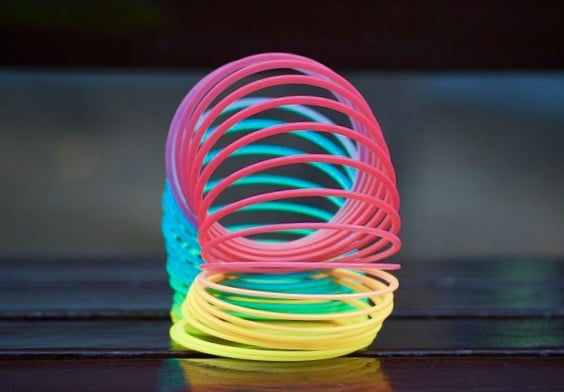If learning mathematics is going to be an exciting adventure for our young learners, then we need to ensure that they experience sufficient opportunities to enjoy working flexibly across the mathematics curriculum. Being flexible enables them to appreciate that problems may have more than one possible answer and become more willing to consider alternative strategies when they get stuck.
These activities will encourage thinking flexibly about shape, position and movement (geometry).
****************************
TANGRAMS




